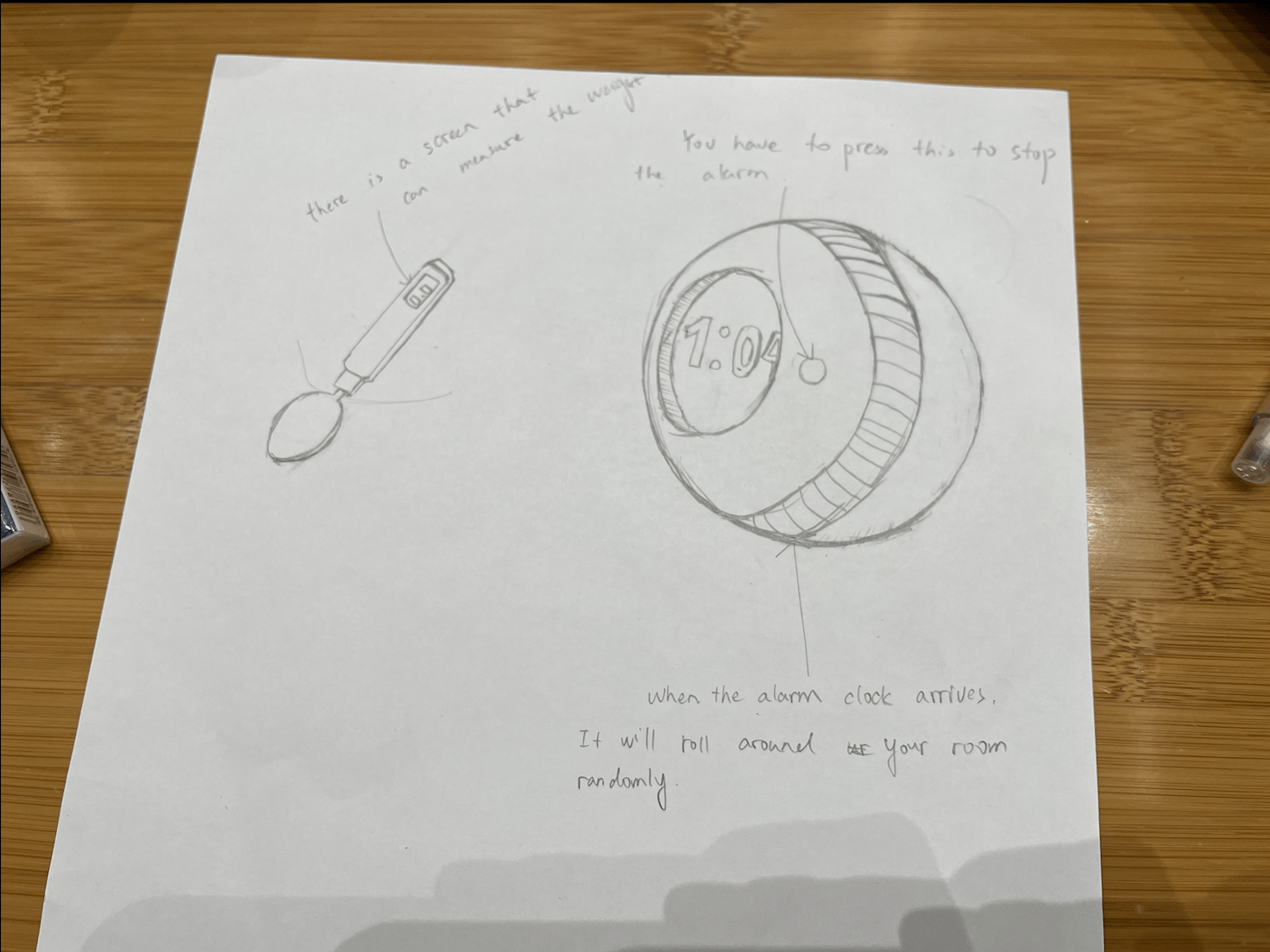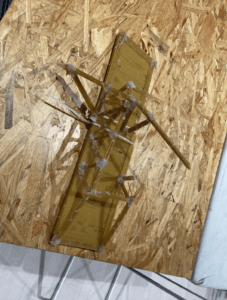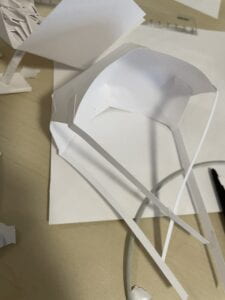Watch the video and read the articles about the Crystal Palace. Give a written account of your thoughts on the industrial revolution, the Crystal Palace and how it has impacted the modern world.
The Industrial Revolution was a period of great technological advancement, It was a time of great change, as traditional manual labor was replaced by machines, and factories began to dominate production.The Crystal Palace was a product of the Industrial Revolution, and it showcased many of the new techniques and technologies that had been developed during this period. The building was constructed using cast iron and plate glass, which were both materials that had been made by the advancements of the Industrial Revolution. So that I feel like the crystal palace is the symbol of mankind’s technological achievements during the industrial revolution
In our current challenge of building a spaghetti bridge we will use techniques to produce parts for our overall structures. Can you identify similarities in your process and how the Crystal Palace was created?
Yes I think there are some similarities of these two projects. First of all, I think that they are both really delicate. So that when you are constructing the building, Both require careful planning and design, as well as the use of specialized materials and techniques. They also both focus on effiecency and optimized the materia.
Whether your answer is yes or no please explain.
Do some research on mass production and give 2 examples of techniques or processes used to mass produce products or components for products .
-Assembly line production – This process involves breaking down the manufacturing process into smaller, more manageable tasks, and then arranging these tasks in a specific order to create a production line. Workers perform a specific task repeatedly as the product moves down the line, which allows for greater efficiency and output.
-Injection molding – This is a manufacturing process where molten material, usually plastic or metal, is injected into a mold under high pressure. The material then cools and solidifies, forming a finished part or product. Injection molding is commonly used to produce items such as car parts, toys, and consumer electronics.













